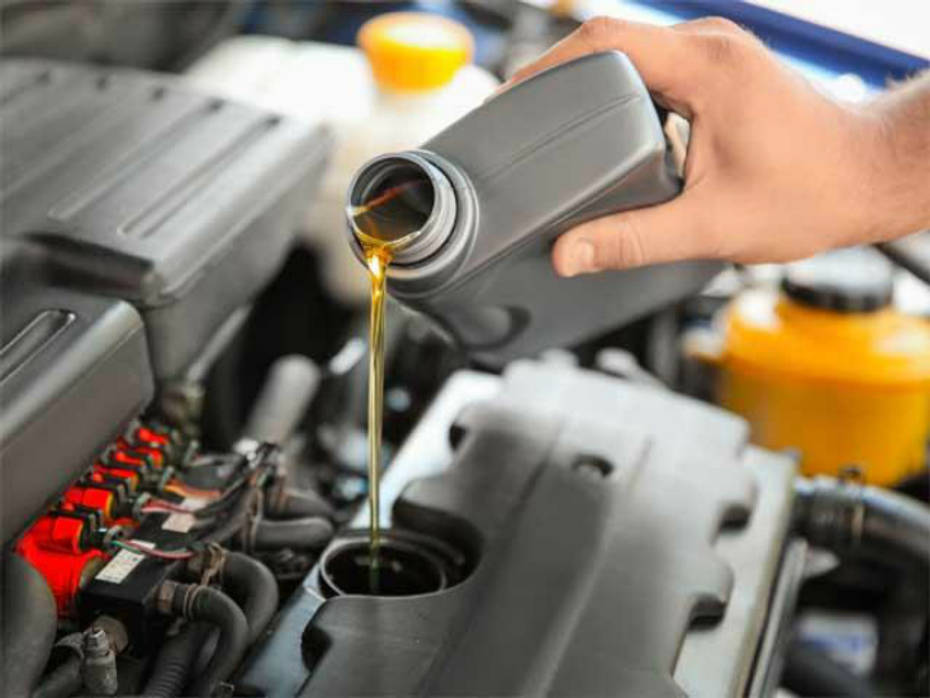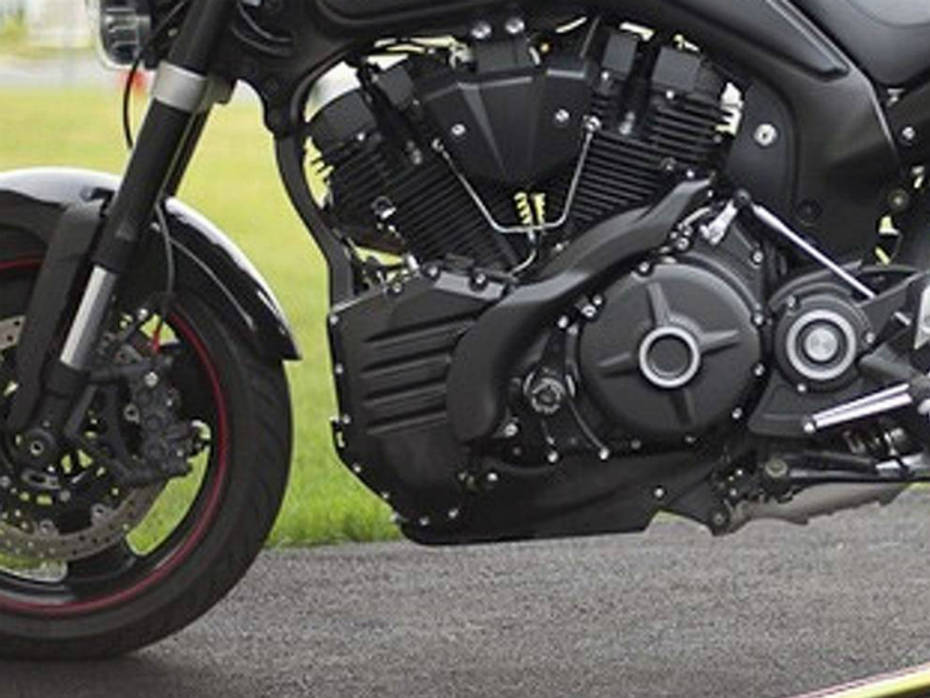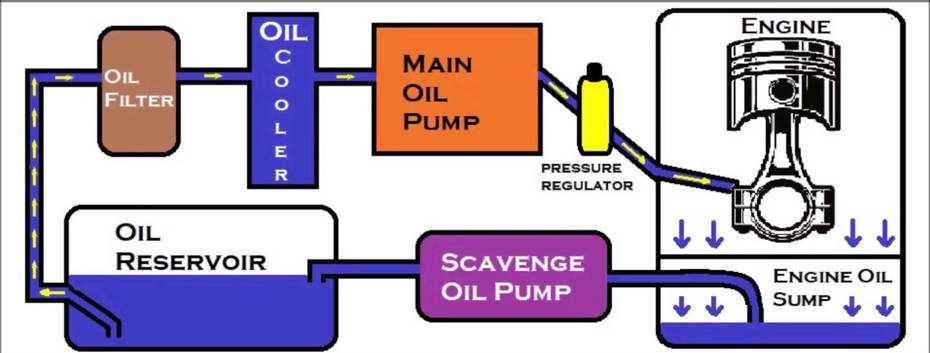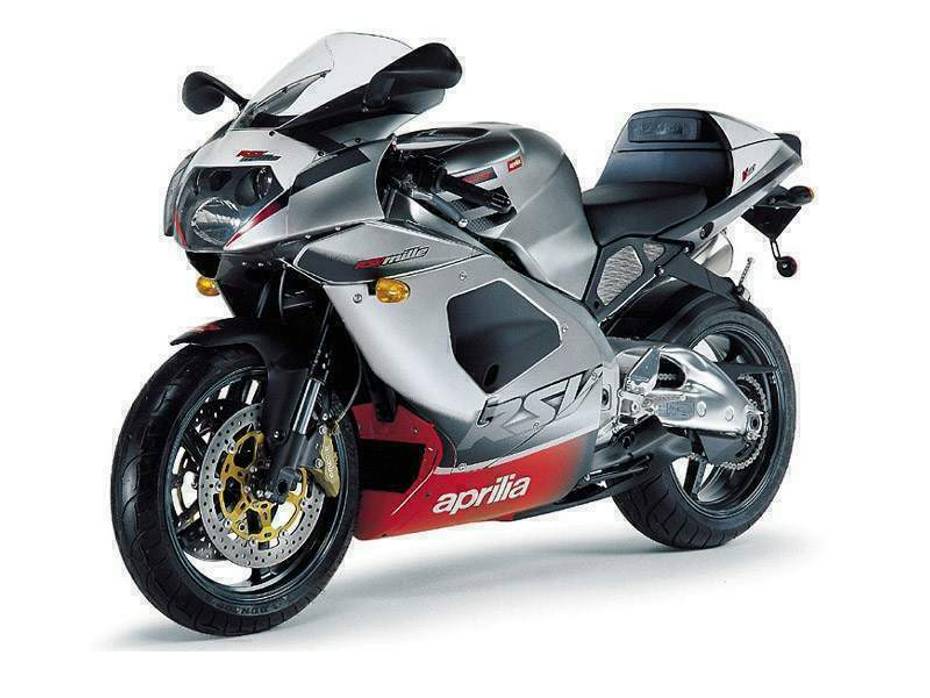
Does Your Bike Know How Much You’re Leaning?
- Nov 10, 2019
- Views : 2817


A colleague brought his Yamaha MT-01 to the office recently, and I was quite intrigued by a large canister to the left of the engine (seen in the image below). Upon closer inspection, I found that this canister had lines leading to and from the engine’s oil pan, and was actually a dry sump oil reservoir. We’ve all read the term ‘wet sump’ when looking up our bikes’ lubrication systems, and there are a few bikes out there like the MT that even use a dry sump. So what exactly are the two systems and how are they different?

Wet Sump Lubrication
Typical engine architecture consists of a cylinder head up top, a cylinder block in the middle and a crankcase at the bottom. Underneath the crankcase is a deep oil pan where the engine oil is stored. This oil is in constant circulation when the engine is running - an oil pump collects the engine oil from the oil pan and sends it to all the important areas that need lubrication. Parts like the crankshaft and camshaft bearings are sprayed by jets. After being sprayed, the oil then drips back down to the oil pan and the whole process starts over. This is the basic design and working of a wet sump lubrication system, which is the most widespread kind seen in motorcycles.

Also Read: How Does Traction Control Work?
Dry Sump Lubrication
A dry sump lubrication system is quite similar in many ways to a wet sump design. The oil is still circulated by a pump and sent to all the important areas, but rather than having a deep oil pan below the crankcase, the engine oil is instead stored in an external reservoir. After being sprayed, the oil drips down to a much shallower oil pan from where it is sucked away by a scavenge pump and sent to an external reservoir. This is the ‘can’ seen on the MT-01 above. The primary oil pump then draws the oil from this reservoir and sends it to the various jets to be sprayed.

Also Read: Does Your Bike Know How Much You're Leaning?
So Which Is Better?
The biggest advantage of dry sump systems is their shallower oil pan which results in a shorter (in terms of height) engine which can be mounted lower. Since the engine is usually one of the heaviest components in any vehicle, having a shorter engine which can be mounted lower greatly lowers the overall centre of gravity of the vehicle. This is extremely advantageous in cars, where having a lower centre of gravity greatly improves handling characteristics. In motorcycles, though mass centralisation is becoming an ever more important factor, it isn’t quite as important to have your weight very low down as it is in cars. In fact, having a very low centre of gravity can result in a bike that feels heavy to steer and unwilling to lean, as Honda found out with its upside-down 1984 NSR500 grand prix bike.

Also Read: Hands Off The Wheel, No, Handlebars
A dry sump system also adds complexity and weight, in the form of an extra scavenge pump, oil reservoir and lines to and from the engine. For this reason, dry sump systems have been few and far between when it comes to motorcycles. Aprilia employed the design on its RSV Mille, RST1000, SL1000 and ETV1000. Honda’s NX650, XR500R, XR600R, XR650R and XR650L four-stroke dirt bikes and the Suzuki DR-Z400 use a very innovative dry sump design, housing their engine oil in the frame tubing. Closer to home, Royal Enfield engines built prior to 2007 used a dry sump positive plunger design.

Does Your Bike Know How Much You’re Leaning?

Hands Off The Wheel, No, Handlebars

How Does Traction Control Work?

Hero Xtreme 160R 2V vs TVS Apache RTR 160 2V vs Bajaj Pulsar N150

Yamaha R3 vs KTM RC 390 vs Aprilia RS 457 vs Kawasaki Ninja 400:...

Royal Enfield Himalayan 450 vs Triumph Scrambler 400 X vs KTM 390...

Honda CB300R vs TVS Apache RTR 310: Specs Compared

Triumph Scrambler 400 X vs Yezdi Scrambler vs Royal Enfield Scram...

3 Of India’s Best Small Capacity Retro-roadsters Compared

3 Retro Roadsters Battle It Out!
India's largest automotive community
 Royal Enfield Scram 440
Rs. 2.08 Lakh
Royal Enfield Scram 440
Rs. 2.08 Lakh
 Honda Livo
Rs. 83,080
Honda Livo
Rs. 83,080
 BMW R 1300 GS Adventure
Rs. 22.95 Lakh
BMW R 1300 GS Adventure
Rs. 22.95 Lakh
 BMW S 1000 RR
Rs. 21.10 Lakh
BMW S 1000 RR
Rs. 21.10 Lakh
 Suzuki Gixxer SF 250 Flex Fuel
Rs. 2.16 Lakh
Suzuki Gixxer SF 250 Flex Fuel
Rs. 2.16 Lakh